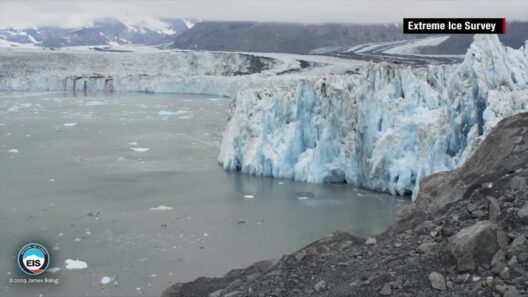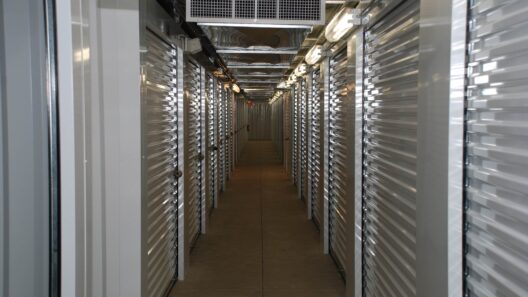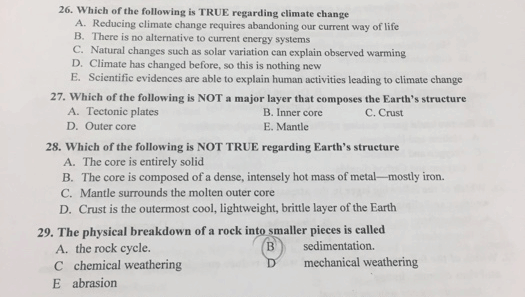When one considers the climate of Minnesota, what comes to mind? For many, it may be the biting cold of winter snowstorms and the rejuvenating warmth of summer sunshine. This intriguing dichotomy encapsulates the essence of Minnesota’s weather patterns. The state experiences both frigid winters and temperate summers, resulting in unique challenges and opportunities for its residents and ecosystems.
To delve into Minnesota’s climate, we must first elucidate its geographical context. Nestled in the northernmost reaches of the contiguous United States, Minnesota is characterized by its vast land area, encompassing prairies, forests, and numerous lakes. This geographical diversity significantly influences its climate, as various regions exhibit distinct weather patterns. The state finds itself on the fringes of the polar and temperate climatic zones, leading to the pronounced seasonal shifts that Minnesotans come to anticipate each year.
The winter months, spanning from December to February, are notoriously frigid. Average temperatures often plunge below zero degrees Fahrenheit, particularly in the northern parts of the state. The wind chill factor can exacerbate these icy conditions, rendering outdoor activities a daredevil endeavor. In these months, snow accumulates, blanketing the landscape in white and transforming Minnesota into a winter wonderland.
Yet, amidst frosty temperatures, there lies a challenge. How do the residents adapt to such harsh winter conditions? Many Minnesotans embrace winter sports, from cross-country skiing and snowshoeing to ice fishing and snowmobiling. Community events, such as winter festivals, bring locals together, showcasing resilience and camaraderie in the face of seasonal adversity. Additionally, the insulation of homes and the implementation of efficient heating systems are paramount to combating the cold.
However, it’s not all snow drifts and polar vortexes. Transitioning into spring, the thaw acts as a harbinger of the forthcoming warm season. As temperatures gradually rise, Minnesotans witness the dramatic melting of snow, revealing the earth beneath. Spring is often marked by volatile weather patterns, including sudden thunderstorms and rapid fluctuations in temperature, as the state shakes off winter’s icy grip.
Then comes summer, the polar opposite of winter. Minnesota’s summers are characterized by warmth and vibrant sunshine. From June to August, average temperatures typically range from the mid-70s to high 80s degrees Fahrenheit. The long daylight hours foster an environment where flora and fauna thrive, providing an array of outdoor activities. Beaches along Lake Superior and the Minnesota River become a refuge for both residents and tourists seeking respite from the sweltering heat.
Yet, with the warmth of summer, a different set of challenges arises. The humidity can be stifling, leading to discomfort and heat-related health concerns. Moreover, the summer months are ripe for thunderstorms, sometimes unleashing torrential downpours and severe weather. These meteorological phenomena can pose significant risks, including flash flooding and tornadoes, prompting the need for preparedness within communities.
The juxtaposition of Minnesota’s seasons creates a unique environmental ecosystem. The cold, harsh winters may initially seem detrimental for agriculture, yet they serve a vital purpose. The freezing temperatures during winter can help manage pest populations and diseases, leading to better yields in the subsequent growing season. As spring emerges, farmers take advantage of the melting snow and gradually warming soil to sow their crops. The rich, fertile land combined with the summer sun leads to bountiful harvests, further emphasizing nature’s rhythmic cycles.
Nevertheless, as climate change becomes an increasingly pressing issue, Minnesota’s traditional climate patterns are being challenged. The extremes of winter may become less predictable, leading to milder winters that could affect ecological balances. Shifts in precipitation patterns not only threaten the agricultural sector but also impact water supplies and natural habitats. Possessing an awareness of these changes is crucial as communities strategize to safeguard their environment while adapting to new climate realities.
In grappling with these climate challenges, it is essential for Minnesotans to take proactive steps. Renewable energy initiatives, recycling programs, and conservation efforts are all avenues worth exploring to mitigate the impacts of climate change. By rallying together, communities can foster resilience and adaptation, ensuring that future generations experience the wonder of Minnesota’s climate — be it through its chilly winters or delightful summers.
As we ponder the question posed earlier, how does one thrive in the face of such diverse climatic conditions? The answer may lie in the community spirit, an unwavering connection to nature, and a commitment to sustainability. Each season provides its trials and triumphs, yet the heart of Minnesota beats strong through warmth and cold alike, forging a path forward in a changing climate.








